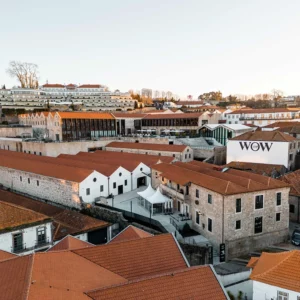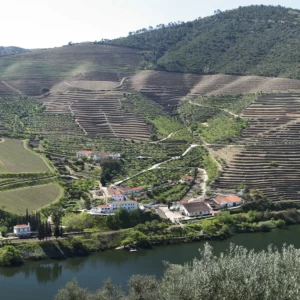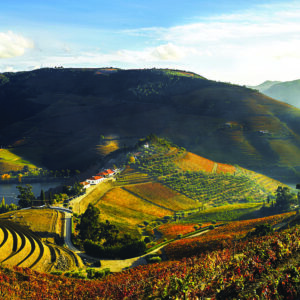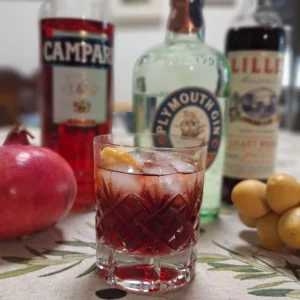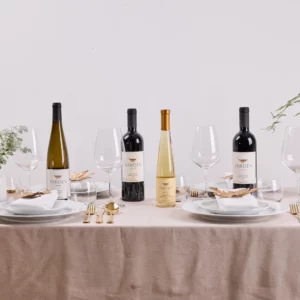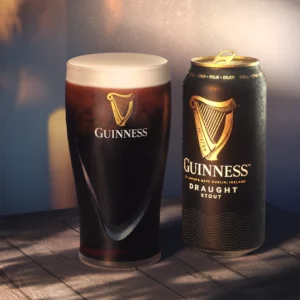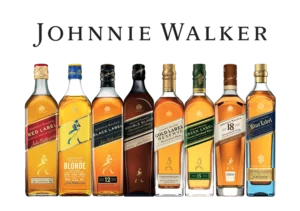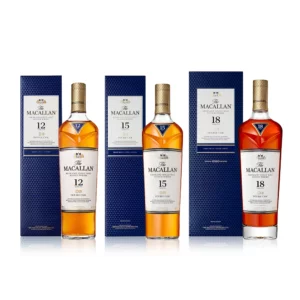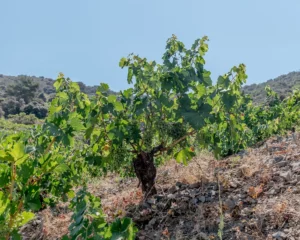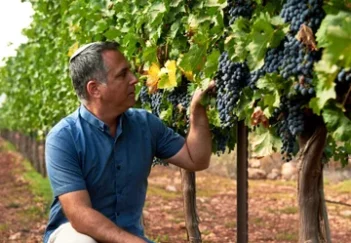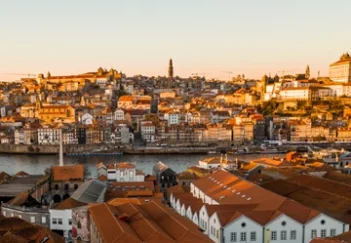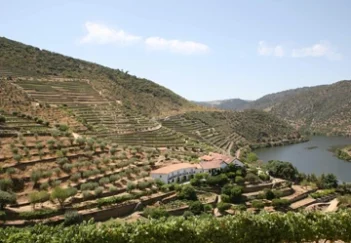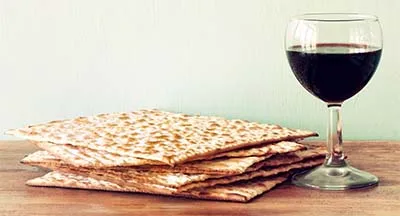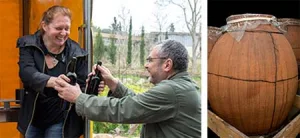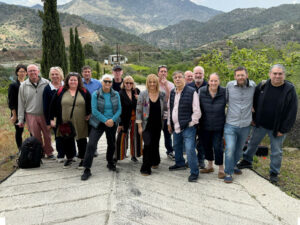Passover is of course not just Seder Night and the Festival of Freedom, it is also the Festival of Wine. When and where else, are we commanded to drink four glasses a night The order of the evening is exactly set up like a Roman banquet, with the wines spaced out to last the length of the evening.
In a banquet, there is an etiquette molded by years of practice. A sparkling wine will be the aperitif. The white wine will go with the first course. The red wine will accompany the meat course and a sweet dessert wine will go with the dessert. The order is dictated by custom and common sense. For instance, you don’t eat the meat course before the soup, or the dessert before the main course. Similarly you don’t drink red before white or sweet before dry.
For Seder Night the rules may be similar. A sparkling wine or lightly sparkling Moscato can be the first glass. There are some slaves to tradition who will insist on a Kiddush wine for the first blessing. Others will drink these sacramental wines for the four cups, and then have separate wines for the meal.
I remember Seder Nights as a child with Palwin, (short for Palestine Wine, that Brits were weaned on), on the table. I quite liked it and it felt quite naughty to be drinking wine at a grown-up event. Now I am in the wine trade, I feel ashamed at the memory that I enjoyed it so much! If you do buy a Kiddush wine, I definitely recommend serving it cold because it will taste better.
I do not remember we ever drank grape juice back then, but many choose this as the safe family option today. I personally think a taste of alcohol is important to make this night different from all other nights. If you have children or guests that simply dislike wine, think of a low alcohol Moscato instead. Sweet, slightly sparkling and low alcohol, it is the perfect family wine for Shabbat and festivals. The Hermon Moscato or Buzz Moscato are options which even the great aunt who hates wine will like.
The second glass can be a Chardonnay, Sauvignon Blanc or a semi dry Gewurztraminer. This can continue to be enjoyed with the first course of the meal. For the meat course a Cabernet Sauvignon, Merlot or Syrah or a blend can be chosen and this will also suffice for the third glass. The fourth glass I recommend a sweet dessert wine, a nice way to finish the evening. Done this way, the need for ritual wines and dinner wines are combined.
Anyway Passover is a time for tradition, and each family has its own customs. Some insist only on red wines because of tradition, others on whites because of the blood libel. It is all open and acceptable to follow your own minhag.
When I am at a small seder, the wines I choose are special and rare, and kept especially for the occasion. Obviously the people present appreciate the wine investment for the evening, so it is justified. The wine aspect is an integral part of our seders. If it is a big seder, then the wine buying is muted down accordingly, not only so there is something for everyone but also something everyone will like. Also you are not going to serve up that twenty year old wine for all your uncles and and aunts, sharing the precious liquid with 20 people, who may not even like it. The size of seder helps to dictate the price you want to pay for the wine.
If you are buying on price alone, there are very competitive prices this year. All very good for the consumer! The Hermon range, from the Golan Heights Winery, are the best in this group. The Mount Hermon Red and White are at record low prices. Other brands which almost by definition will need to be even cheaper than Hermon, are Carmel Selected, Barkan Classic and Segal Red. It is going to be a real buyers’ market this Passover. So look around. Make no mistake, at the promotion prices these wines will stoop to, they are good buys.
If you want to go one stage up, into the three for 100 shekel category, I suggest anything from the Tabor Har range (with the recognizable yellow capsule) or the Recanati Yasmin label. The Har whites, in particular Chardonnay and Gewurztraminer, and Yasmin red are particular recommendations. The Dalton Kna’an label, also offers good value for money.
If your search is for better wines in the supermarkets, I recommend Gamla and the Appellation wines of Carmel. I believe the Appellation Cabernet Sauvignon 2013, (look for the new label, not the old one), is a very good wine that punches well above its weight. At the price of between 45 to 55 shekels, it is a real bargain.
If you are out to impress, then the entry level wines from the some of the best wineries in the country are always best buys and never disappoint, but this is in a category nearer 100 shekels. Tzora Judean Hills, Flam Classico and Castel’s new La Vie line of red and white are options. The Tzora Judean Hills Red is a perennial favorite of mine being perfectly balanced. To plagiarize one of my favorite tasting notes ‘it has everything, but not too much.’ Castel’s La Vie Blanc is a fragrant wine that white wine drinkers will like.
If you are looking for the best of the best, my personal choice would be C Blanc du Castel or Tzora Shoresh White as the white wine (respectively a Chardonnay and Sauvignon Blanc) and Castel Grand Vin, Flam Noble or Tzora Misty Hills as the red wine. The best sparkling and dessert wine are an easier, more clear cut choice. They are the Yarden Blanc de Blancs and Yarden HeightsWine, both produced by the Golan Heights Winery.
Of course these are from kosher wineries. If I could add in non-kosher wineries, I would have to include the Clos de Gat Chardonnay and a red wine from Margalit Winery. They don’t have a kosher certificate, but they are made by Jews who are not idol worshippers (the reason that the whole issue of kosher wine separation began.) Once they would have been kosher enough with a small k, but that is the subject of another article.
Today the choice is yours and it is your opinion that counts not mine. There are hundreds of Israeli wines producing quality wines these days. It is no longer a question of choosing a good or bad wine, but choosing the one you like or know, or the one with the best deal. It is a great time to be buying Israeli wine. Unlike the airlines and hotels which put up prices at peak times, in the wine trade we heavily discount. So take time to look around and enjoy the opportunity, and buy within your means.
As a rough estimate, the number of 750 ml. bottles you will need for each Seder, including Elijah’s Cup, is roughly as follows : For 6 people you will need 5 bottles; for 12 people you will need 10 bottles.
My final advice is buy what you like. Don’t worry about trying to match the wine to each course. Today we say: ‘Match the wine to mood not to food.’ Or even, ‘match the wine to the person you are buying for.’ I say match the wine to the person purchasing. In other words, buy what the hell you like. Take the pressure off. It does not matter anymore, so choose what you want to drink. If you are the wine buyer, going to all that trouble for your guests, you might as well choose something you will enjoy.


